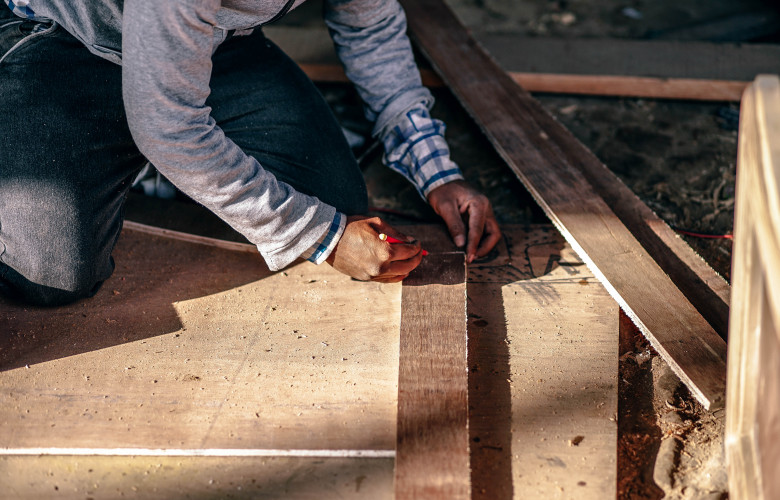Victoria leads gains in home approvals: ABS
Contact
Victoria leads gains in home approvals: ABS
Stronger building approvals in Victoria and Queensland offset declines for all other states during October, according to new data from the ABS.
Approvals by local councils to build new homes rose by 0.9 per cent in October, after rising 0.6 per cent in September, according to the latest data from the Australian Bureau of Statistics.
In trend terms, approvals have been up for nine consecutive months.
Over the past year 218,188 new homes have been approved, down 7.3 per cent on a year ago.
House approvals were up 1.9 per cent in October – the fifth gain in six months.
But apartment approvals, which are more volatile month to month, fell 0.2 per cent for the month after declining 0.4 per cent in September.
The strongest building approvals were in Victoria (+24.3 per cent) driven by strong population growth, low interest rates, and strong employment growth. The growth in Victoria and Queensland (+6.1 per cent) outstripped declines in all other cities.
Western Australian approvals were down 17.8 per cent.
“The remarkable growth in Victoria is the stand-out feature of the Australian housing market at the moment," said Shane Garrett, senior economist HIA.
“Strong employment growth in Victoria is attracting interstate and international migration and the rising population is continuing to drive demand for more housing stock. The record supply of new apartments in the state has not been able to fully satisfy demand.
Approvals for alterations and addition approvals jumped 21.4 per cent in October.
And townhouse approvals are at 20-year highs, reflecting Australians' new preference for smaller, conveniently located homes.
"An increase in approvals would point to stronger future activity for construction-related companies," said Craig James, chief economist of CommSec.
"We expect new home building activity to ease in 2018 from recent historical highs, though a ‘soft landing’ appears likely given strong population and jobs growth, interstate migration and interest rate stability.
"Renovations and alterations could provide further support to housing activity amid an ageing stock of Aussie houses and units," he said.
View the ABS dwelling approval data here.
Housing credit driving gains in private sector lending
In other economic data, ABS private sector credit, or lending, data was released.
Private sector credit rose by 0.4 per cent in October after a 0.3 per cent rise in September.
"The only real lending growth is occurring in housing, though this is now decelerating," said James.
Housing credit grew by 0.5 per cent in October – a fifth consecutive month at this level. Annual growth fell to 6.5 per cent in October from 6.6 per cent in September. Owner occupier housing credit rose by 0.5 per cent in October to stand 6.3 per cent higher over the year, and investor housing finance rose 0.4 per cent in October to stand 6.9 per cent higher over the year – the slowest annual growth in eight months.
"Owner occupier and investor credit expansion is slowing. And October was the slowest monthly increase in investor housing credit since May 2016," he said.
"Investor and interest-only lending restrictions from the bank regulator Australian Prudential Regulation Authority continue to bite."
"APRA and Reserve Bank data shows that interest‑only lending continues to decline to around 23 per cent of all new lending in the September quarter, down from around 40 per cent just six months ago," said James.
Read more about the housing and construction markets in Australia:
Approvals for semi-detached housing at 20-year highs





